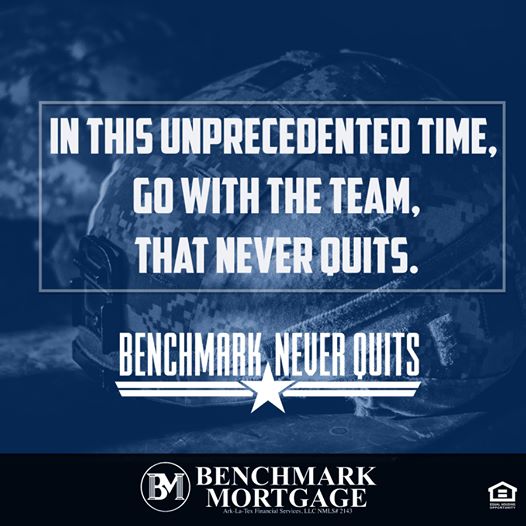Private Mortgage Insurance (PMI) is a financial safeguard for mortgage lenders. Required when a homebuyer makes a down payment that is less than 20% of the purchase price, PMI provides financial protection for the lender in case the borrower defaults on the loan. PMI allows individuals with smaller down payments to access the housing market by securing financing without having to save 20% of their target purchase price. PMI effectively mitigates the lender’s risk associated with lower down payments, making it a crucial component in the housing market.
The mechanics of PMI involve the borrower paying a monthly premium in addition to their mortgage payment, and these premiums are determined by various factors, including the loan-to-value ratio and the credit score of the borrowers. This premium pays for, effectively, a “foreclosure insurance policy” that the lender will file a claim on if the borrower does not make their payments and ultimately the lender forecloses.
Often buyers think they should save 20% down to buy a place and see PMI as “evil” or an expense that is unnecessary and as something to be avoided. However, correctly used, PMI is a great tool for someone to get into a home sooner and let the positive financial benefits of homeownership start to work for them. The two main financial benefits are equity building through appreciation and principal reduction as well as the tax benefits. Let’s explore them both.
Using an average first time buyer’s $350K home as an example. If you were to rent an equivalent home it might conservatively be $2K per month in the Chicago market. If you have 10% down or $35K in cash and are saving an additional $1000 per month you would save the rest of your 70K down payment in 3 years. However, at the same time you would spend $72K in rent payments over the same three years. If the price of the home did not go up, then you could buy. Unlikely since appreciation averages 3% per year in housing, more lately. But for now let’s go with that.
Now, were you to buy the house with no PMI. Your monthly payment would be $1862 at 7% interest before taxes and homeowners insurance. Assume those to be another $450 per month or a total of $2312. In this example, you would have deductions of an estimated $19K in interest, another 5K in taxes or $24K in deductions. At a 25% tax bracket that’s a $6K per year reduction in tax liability or $500 per month benefit. This outweighs the $312 more per month owning is than renting. Additionally, you would be paying down the mortgage by an average of $230 per month building your equity.
Compare that to buying TODAY with PMI at 10% down. Same $350K house. With the smaller down payment your monthly payment would be $2069 at 6.875% instead of $1862. Yes, you would get a better rate on your loan because the PMI reduces the lender’s risk and they pass that savings on to you. You would have the PMI, with a 740 credit score that would be approximately $83 per month or $1000 per year. So your payment would be $290 per month higher. That’s worse, right? Wrong!!!! Let’s explore it over time.
When you buy today even with PMI you stop renting. Savings over the next 3 years…$72K at $2K per month rent. Second, you get the tax benefits and equity building of the mortgage payment which is now $6600 per year or 10% higher than when you put 20% down: Total $19,800 over 3 years. Finally you start the clock on appreciation. If your first three years are average at three percent you’ll book a minimum of $10,500 per year. Total $31,500.
So the total impact on your net worth over the three years if you buy today and use the PMI to gain access to homeownership sooner is over $120,000. All of a sudden the PMI seems like a small price to pay.




